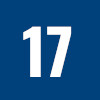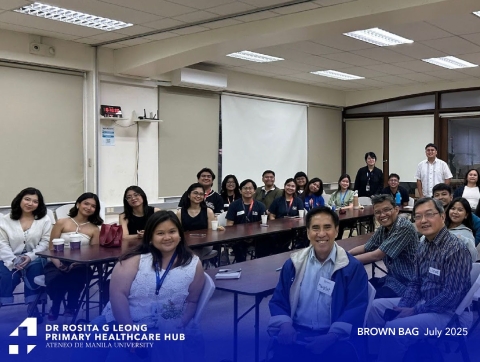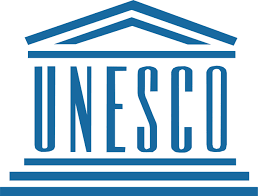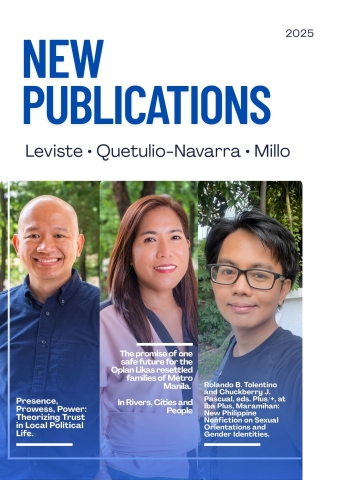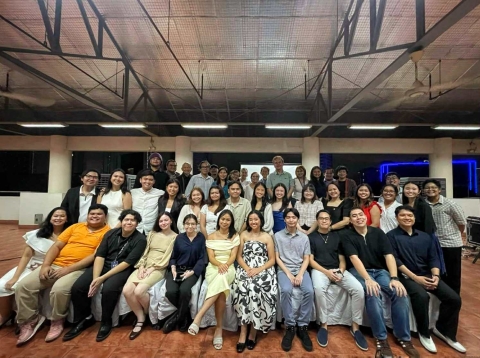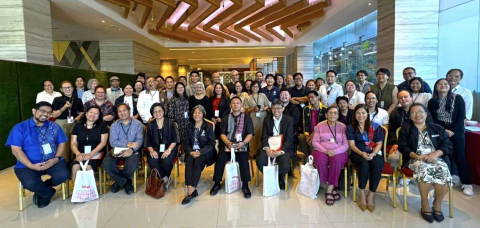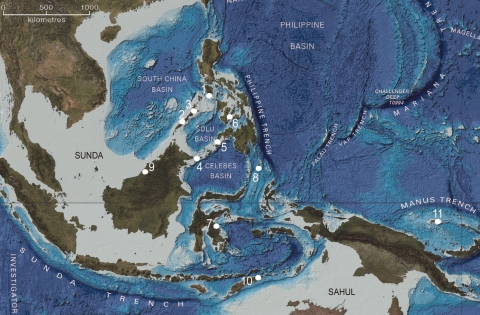The Goa Topogaro complex: Human migration and mortuary practice in Sulawesi during the Late Pleistocene and Holocene
17 Jul 2023
The Goa Topogaro complex: Human migration and mortuary practice in Sulawesi during the Late Pleistocene and Holocene
Rintaro Ono a, Harry Octavianus Sofian b, Riczar Fuentes c d e f, Nasrullah Aziz b,
Alfred Pawlik c e g
a National Museum of Ethnology, Osaka, Japan
b Badan Riset dan Inovasi Nasional (BRIN), Jakarta 12510, Indonesia
c Department of Sociology and Anthropology, Ateneo de Manila University, School of Social Sciences, Ricardo & Dr. Rosita Leong Hall, Loyola Heights, Quezon City 1108, Philippines
d Department of Palaeoanthropology, Senckenberg Research Institute and Natural History Museum, Frankfurt am Main, Germany
e Traces ASIA, Anthropological and Sociological Initiatives of the Ateneo (ASIA), Arete´, Ateneo de Manila University,
Loyola Heights, Quezon City 1108, Philippines
f Research Centre ‘‘The Role of Culture in Early Expansions of Humans’’ (ROCEEH), Heidelberg Academy of Sciences and Humanities, Hölderlinstrasse 12, 72074 Tübingen, Germany
g Institut für Ur- und Frühgeschichte und Archäologie des Mittelalters, Eberhard-Karls-Universität Tübingen,
Schloss Hohentübingen, 72070 Tübingen, Germany
Abstract:
The region of Wallacea has become a hotspot of archaeological research due to significant new discoveries that are changing our understanding and theories about early human history. Anatomically modern humans (AMH) began to migrate and expand to Wallacea and Sahul in Oceania over 45,000 years ago, making this one of the earliest regions with a presence of AMH outside of Africa. Additionally, Sulawesi, the largest island in Wallacea, has yielded the oldest dates for rock paintings worldwide at around 44,000 years ago, predating rock art discovered in Europe. While U-series dating has been used to determine the early rock art, no 14C dates over 40,000 years ago had been reported from Sulawesi, so far. However, in our latest excavation at Goa Topogaro in Central Sulawesi, we obtained 14C dates that support the presence and spread of AMH in Sulawesi by at least 40,000 years ago, if not earlier. The Topogaro cave complex also yielded significant amounts of archaeological remains from various periods during the Late Pleistocene and Holocene, as well as from historical times. Here, we present the major findings of our archaeological research in Goa Topogaro on the eastern coast of Sulawesi and discuss the evidence and timeline for the migration of AMH into Sulawesi Island and their adaptation to the insular environments of Wallacea during the late Pleistocene and Holocene.
You may download the full article here: The Goa Topogaro complex: Human migration and mortuary practice in Sulawesi during the Late Pleistocene and Holocene - ScienceDirect
Keywords:
Modern human migration; Mortuary practice; Late Pleistocene; Sulawesi; Wallacea
About the Publication:
The article is published in l'Anthropologie, a Scopus-indexed journal. First published in 1890, l'Anthropologie remains one of the most important journals devoted to prehistoric sciences and paleoanthropology.
For more information on the publisher: L'Anthropologie | Journal | ScienceDirect.com by Elsevier
Featured Department of Sociology and Anthropology (DSA) Faculties:
Dr. Alfred F. Pawlik is a Professor of the Ateneo Department of Sociology and Anthropology. Currently, Dr. Pawlik is the director of the Anthropological and Sociological Initiatives of the Ateneo (ASIA), and the head of TRACES, the Deep Time Archaeological Collaboratory and Cultural Resource Management Space of ASIA at the Areté.
Dr. Riczar B. Fuentes is a full-time faculty member of the Ateneo Department of Sociology and Anthropology. Currently, Dr. Fuentes is an active member of TRACES-ASIA.



